Storytelling is key to a child’s development, their
creativity blossoms when they watch and listen to stories and adds to other
forms of creativity including art and writing. During storytelling week, Ben,
Jack and Casey, from Apollo Creative decided to volunteer to read stories and use
mixed media in a classroom at The Forest School in Knaresborough. We read from
books such as Jim and the beanstalk,
Goldilocks and the three bears and Monkey
puzzle using sound effects as well as projecting images to add to the magic
of storytelling. See the video below for how teachers at The Forest School believe
it is vital for a child to be exposed to storytelling:
To finish this blog post I have decided to add my top three
children’s stories for your viewing and listening pleasure!
1: Curious George builds a home – Written and drawn by the French husband and wife team Hans Augusto Ray and Margret Ray, Curious George is a classic children’s series. The link below takes you to the story below, please note the story and sounds will start automatically:
2: Frog and Toad -
Spring – Written and illustrated by Arnold Lobel, Frog and Toad are short
stories that are often humorous and poignant.
3: The very hungry caterpillar
– by Eric Carle was first published in 1969 and is still read in schools
today!






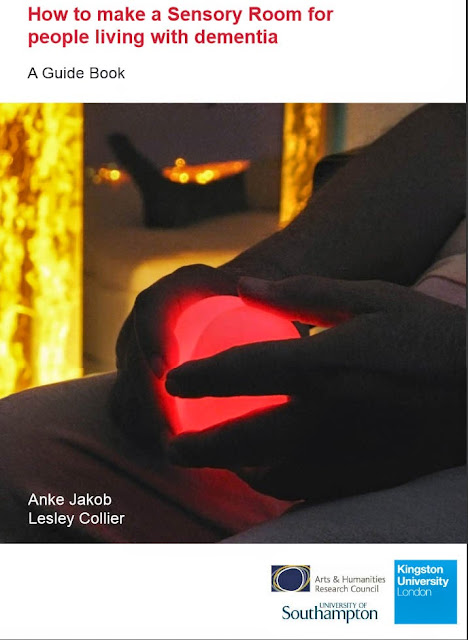
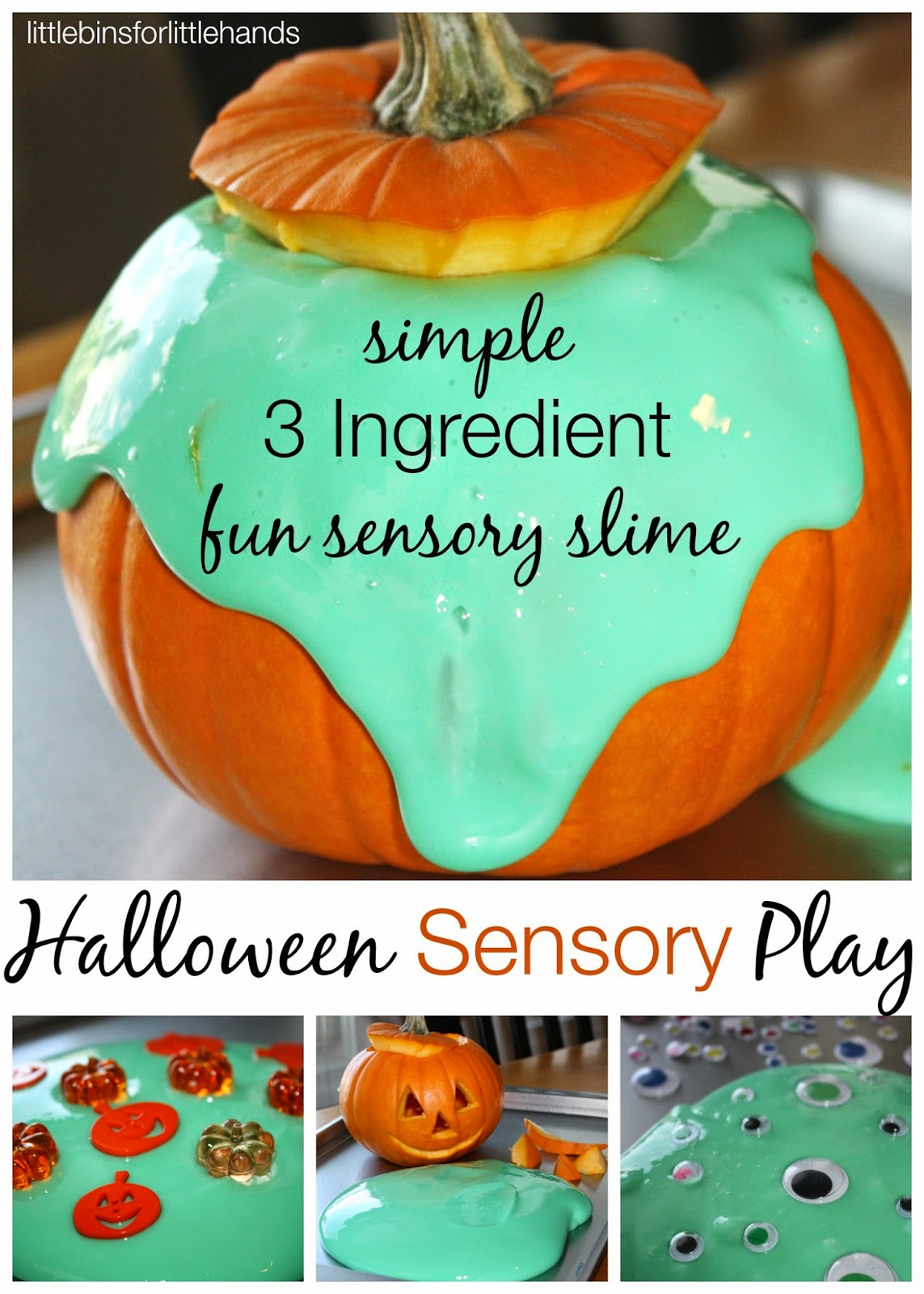

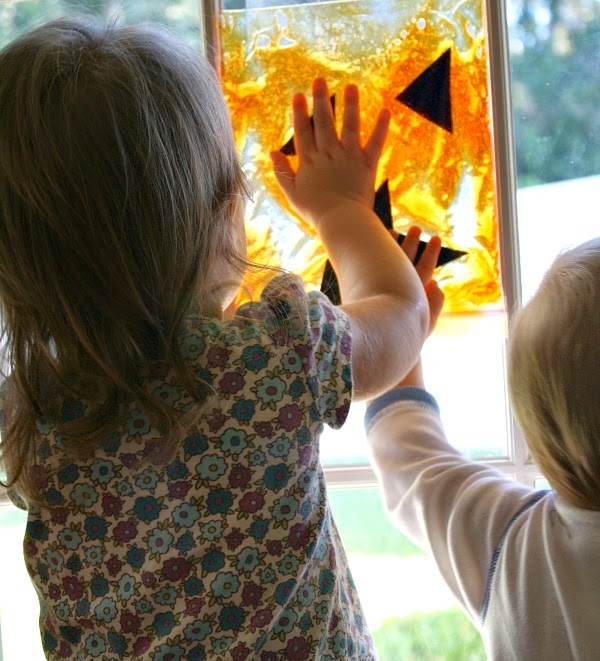
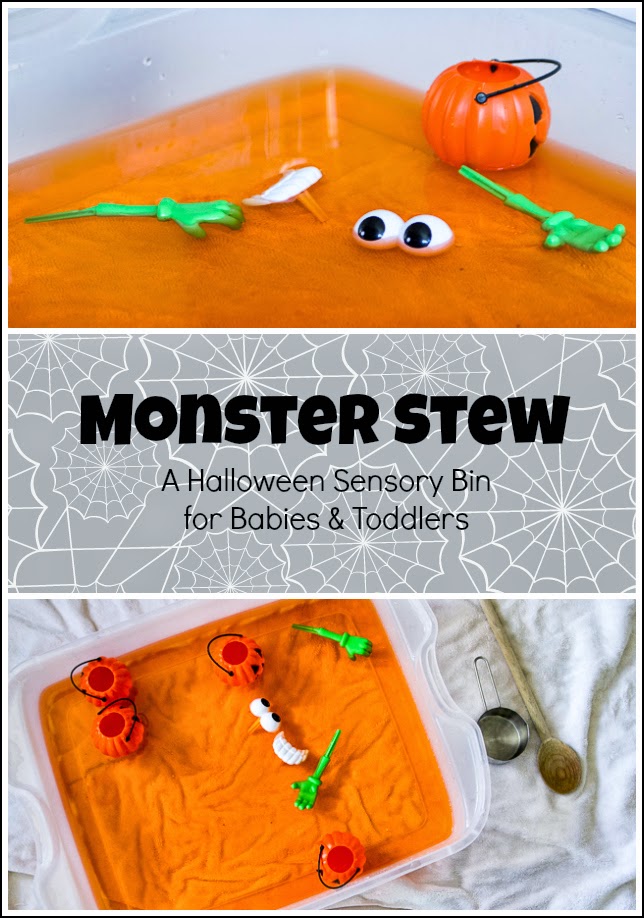
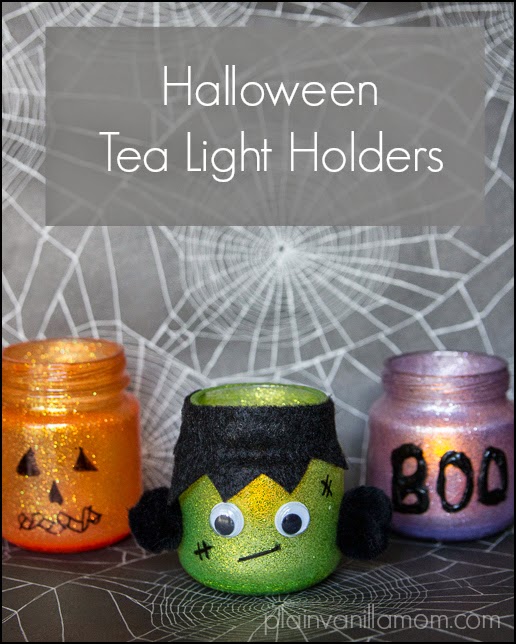
.jpg)
